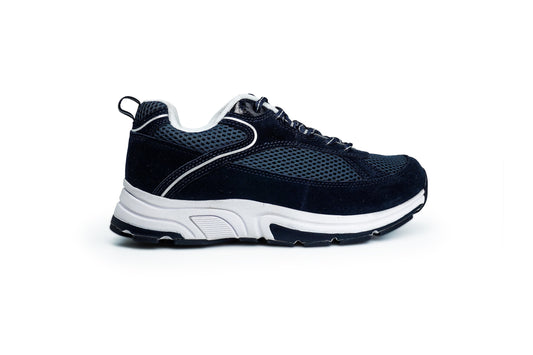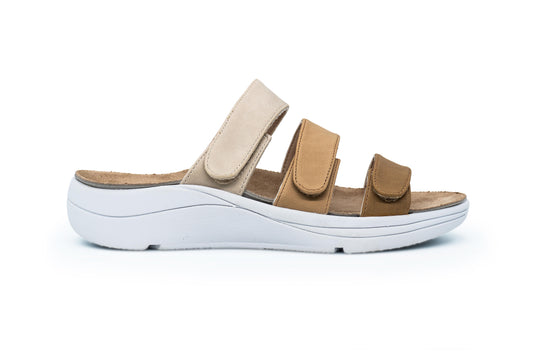Arthritis and Your Gait: Understanding the Impact on Your Mobility
If you've noticed changes in how you move, such as shuffling or a subtle limp, arthritis in your feet or ankles could be a contributing factor. In this blog post, we delve into the connection between arthritis and alterations in your gait, shedding light on the impact this common condition can have on your mobility.
Understanding Gait:
Before exploring the relationship between arthritis and gait, it's essential to grasp the concept of "gait." Your unique gait encompasses the way you walk, including rhythm, pattern, pace, and foot placement. Changes in gait can manifest in various ways, from uneven steps to alterations in stride length or toe positioning.
Arthritis and Its Prevalence: Arthritis, affecting more than 92 million people in the United States, emerges as a common culprit behind changes in gait. With over 100 different types of arthritis, this condition tends to impact joints that undergo significant stress, notably the feet and ankles, which house approximately 30 joints. Common types affecting the lower extremities include osteoarthritis, rheumatoid arthritis, post-traumatic arthritis, and gout.
- Osteoarthritis: Known as wear-and-tear arthritis.
- Rheumatoid Arthritis: Typically affects corresponding joints on both sides of the body.
- Post-traumatic Arthritis: Arises from a previous injury.
- Gout: Often manifests in the big toe during flare-ups.

Impact on Gait:
Regardless of the type, arthritis can induce symptoms like pain, inflammation, and stiffness, directly influencing your gait. These symptoms may intensify during or after movement, causing fluctuations in your walking pattern. Gait problems associated with arthritis may vary in persistence and intensity, highlighting the importance of early intervention to preserve and prolong mobility.
Check out our extensive collection of shoes for arthritis to find the best shoes for your feet. Look through our most-sought-after styles to get the right pair for you today with DiabeticShoe.in.








